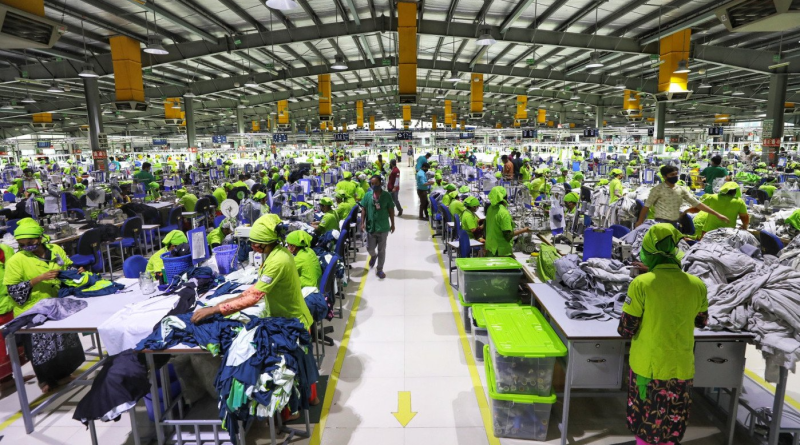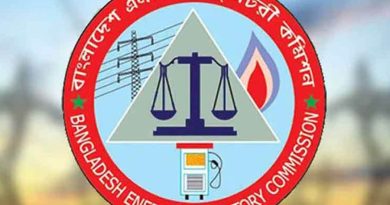Highlights:
- US imposes 20% reciprocal tariff on Bangladeshi apparel
- Buyers push suppliers to absorb part of tariff costs
- Some factories accept losses; others risk losing US orders
- Industry groups urge fair price negotiations with US buyers
- Bangladesh’s apparel exports to US rise 22% despite tariffs
- Competitive edge fades as cost-sharing pressures undercut tariff advantage
Bangladeshi apparel exporters are coming under pressure from US buyers to absorb part of the new reciprocal tariff, eroding hopes that lower duty rates compared to some rivals would provide a competitive edge.
Since August, when Washington imposed a 20% tariff on Bangladeshi garments, several buyers have demanded that suppliers take on between 5% and 7% of the cost, with some insisting exporters cover the full burden. Those who agree are securing contracts, while others risk losing orders.
“We were asked to bear one-quarter of the tariff, especially for spring and summer collections,” said the managing director of Sparrow Group, which makes three million pieces annually, half for the US. “Out of necessity, we confirmed those orders. Buyers now set prices themselves.”
By contrast, Chattogram-based HKC Apparels has refused to comply. Its managing director said profit margins were already razor thin: “We cannot take loss-making orders. If necessary, we may scale down operations, but further losses are unsustainable.”
Industry leaders confirm that cost-sharing demands vary by buyer. While some major brands are covering the full tariff, others are shifting a portion onto factories. “One member company negotiated and agreed to cover part of the cost,” said the president of the Bangladesh Knitwear Manufacturers and Exporters Association (BKMEA).
Buyer representatives acknowledge pushing for partial sharing. A country director of a US brand said retailers were bearing more than half of the tariff but had asked suppliers to absorb 1%–3%. “Margins are slim, the rest will eventually fall on US consumers,” he said.
Exporters push back
Exporters’ associations argue that discounting undermines the industry’s bargaining position. “Factories are working at very low or break-even margins. Offering discounts risks misleading buyers about profitability,” said a senior BGMEA official. BKMEA has advised members to recalculate costs and negotiate accordingly.
Tariff dynamics
The US initially announced a 35% additional tariff on Bangladeshi goods in April, later settling at 20% in August after negotiations. The final rate compares with 25% on India (later raised to 50%), 20% on Vietnam, 19% on Pakistan, and steeper duties on China.
Although lower than some rivals, the effective US duty on Bangladeshi garments now stands at 36.5%, up from around 16.5%. Exporters say expected order gains from competitors facing higher tariffs have not yet materialised.
Between January and July, US apparel imports rose 5% year-on-year to $45.8 billion. Imports from China fell 21%, while Bangladesh’s shipments jumped 22% to $4.92 billion, keeping it among the top US apparel suppliers alongside Vietnam, China, India, Indonesia, and Cambodia.






